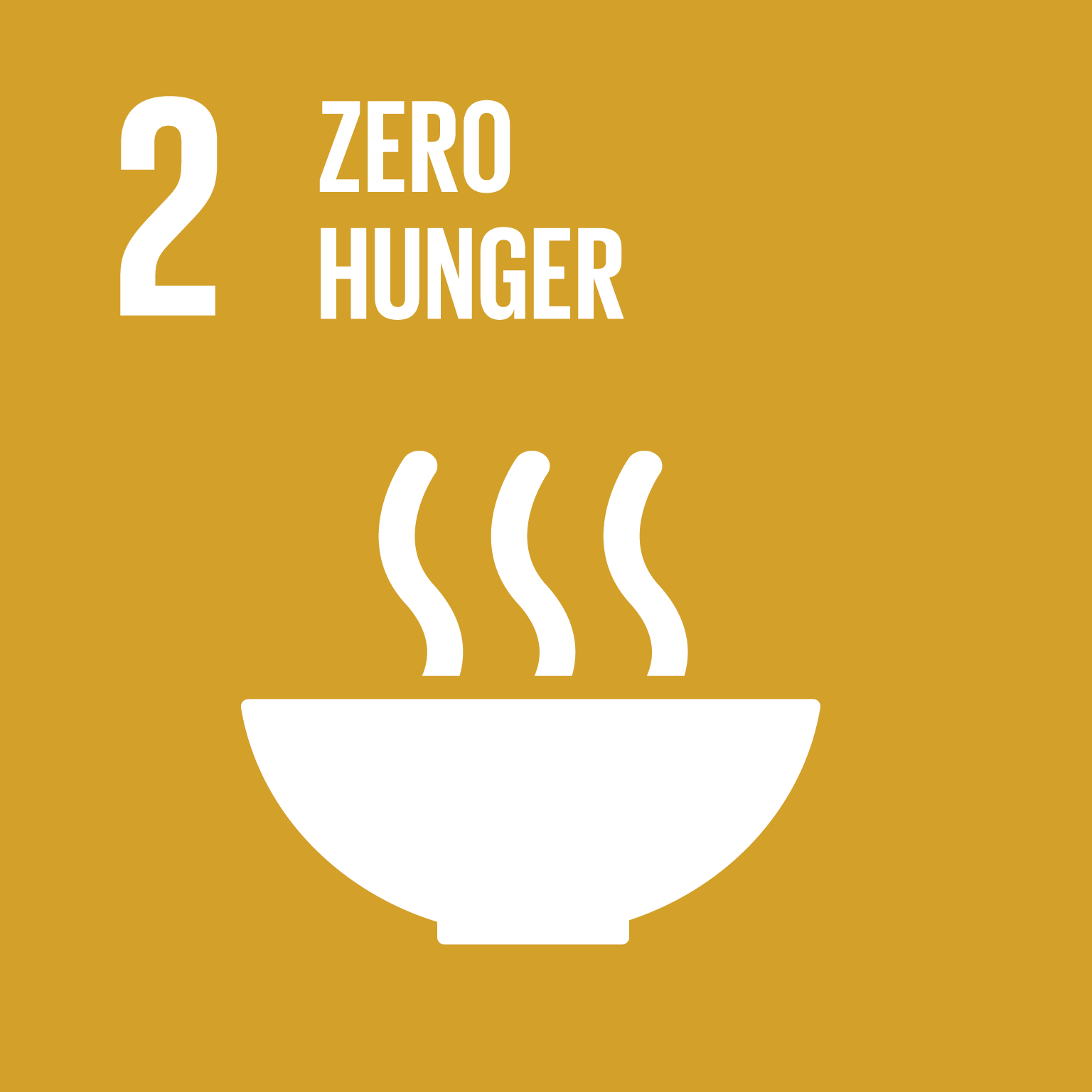Following closely on the heels of the urgent call to end poverty, Sustainable Development Goal 2, Zero Hunger, aims to end hunger, achieve food security and improved nutrition, and promote sustainable agriculture. In a world where enough food is produced to feed everyone, the fact that millions still suffer from hunger and malnutrition is a stark reminder of the systemic challenges we face. SDG 2 is a powerful commitment to ensuring that no one goes to bed hungry and that future generations have access to nutritious and sustainably produced food.
The scope of SDG 2 is comprehensive, addressing not only the availability of food but also its accessibility, affordability, and nutritional quality. Its targets include ending hunger and all forms of malnutrition, doubling agricultural productivity and incomes of small-scale food producers (particularly women, indigenous peoples, family farmers, pastoralists, and fishers), ensuring sustainable food production systems, maintaining genetic diversity of seeds, plants, and farmed and domesticated animals, and addressing trade restrictions and market distortions in world agricultural markets.
The persistence of hunger and malnutrition has devastating consequences. It hinders physical and cognitive development, reduces productivity, perpetuates poverty, and increases susceptibility to disease. Achieving Zero Hunger is therefore intrinsically linked to progress across numerous other SDGs, including health (SDG 3), education (SDG 4), gender equality (SDG 5), and reducing inequalities (SDG 10). A well-nourished population is a healthier, more educated, and more productive population, better equipped to contribute to sustainable development.
Several interconnected factors contribute to food insecurity and malnutrition. These include poverty, conflict, climate change, environmental degradation, unsustainable agricultural practices, food waste, and unequal access to resources and markets. Addressing these challenges requires a multi-pronged approach that encompasses sustainable agricultural practices, improved infrastructure and market access for smallholder farmers, the promotion of nutritious diets, the reduction of food loss and waste, and the strengthening of social safety nets.
Innovation and technology play a crucial role in achieving SDG 2. Sustainable farming techniques, climate-smart agriculture, improved irrigation systems, and better post-harvest management can enhance productivity and resilience. Furthermore, advancements in food science and technology can contribute to more nutritious and affordable food options.
Achieving Zero Hunger demands a global partnership involving governments, international organizations, civil society, the private sector, and individuals. Governments need to implement policies that support sustainable agriculture, ensure food safety and quality, and prioritize food security in national development plans. The private sector has a responsibility to adopt sustainable practices throughout the food value chain. Individuals can contribute by making informed food choices, reducing food waste, and supporting local and sustainable food systems.
As we work towards the 2030 Agenda, achieving Zero Hunger remains a critical imperative. It requires a fundamental transformation of our food systems to ensure that they are sustainable, resilient, and equitable, providing nutritious food for all. By prioritizing SDG 2, we invest in a healthier, more prosperous, and more sustainable future where everyone has access to the nourishment they need to thrive. Here in Hyderabad, as in communities around the world, efforts to support local farmers, promote sustainable agriculture, and reduce food waste are vital steps towards realizing the vision of Zero Hunger.

